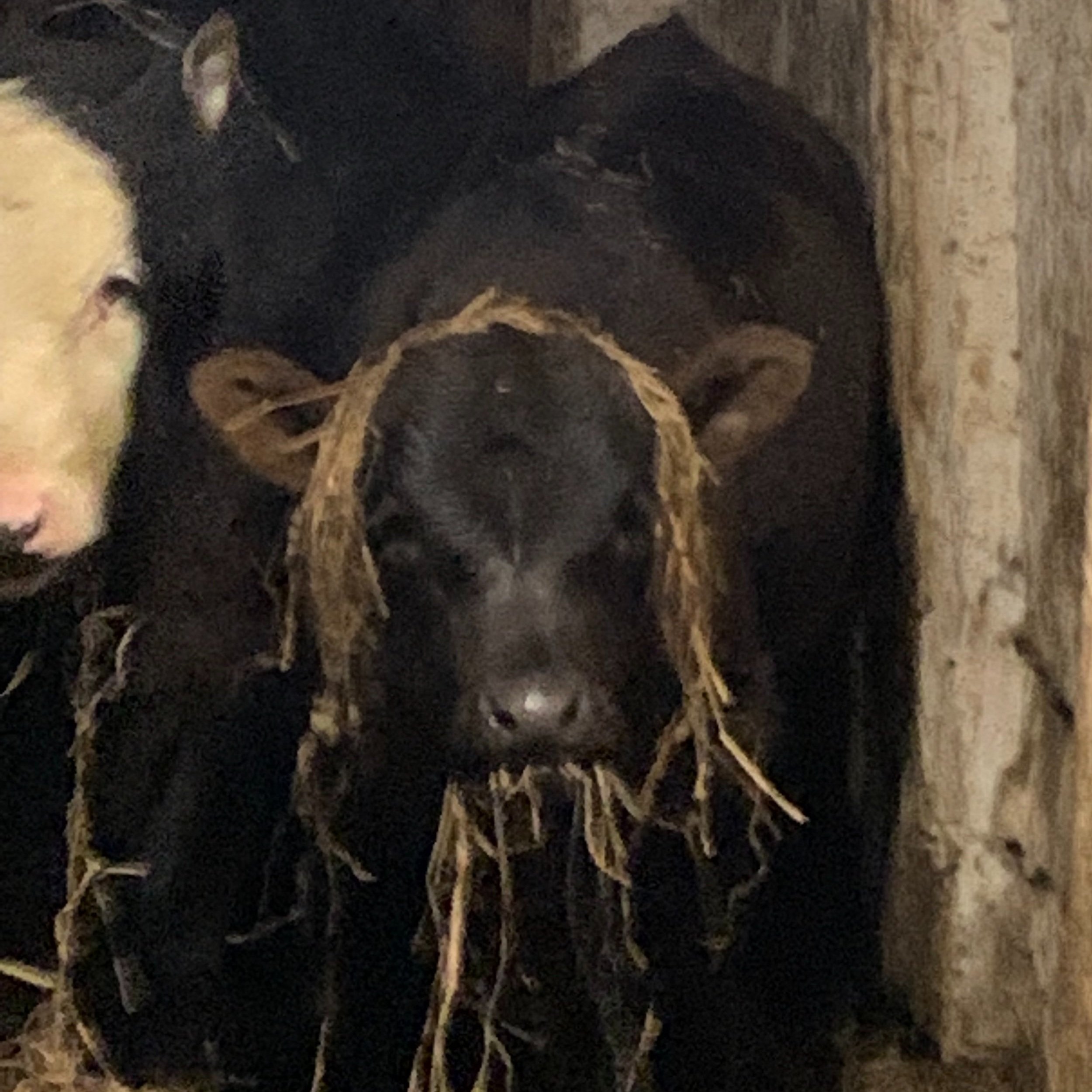
Our Practices
Sustainable & Natural Practices
Our land is certified by GOA (Global Organic Alliance). They are located in Bellefontaine, OH. Each year we receive a packet of paperwork to be filled out regarding every aspect of our land use. This includes crop rotations, where our seed is purchased, any inputs that were used and verifying that all is organic. We keep a calendar of everything that is done to the land. From planting and harvesting to plowing and cultivating. All of this paperwork is sent back to GOA. When the certifier arrives, we spend a half a day going through all of the paperwork. We also take a drive with them to look at the fields and make sure that organic practices are being followed.
Our beef cattle, pigs and chickens are not organically certified but we raise them as if they are. All are raised using pasture rotations as the weather permits. The cattle are also fed haylage year round and baled hay during the winter months. The pigs receive a small portion of grain twice a day that contains their essential vitamins and minerals and baled hay when their pastures are thin and over the winter months.
Murray Grey Cattle
Between 1905 and 1917, in the upper Murray River Valley, on the border between New South Wales and Victoria, the Murray Grey breed was developed. It is believed to be derived from an Aberdeen Angus Bull that was crossed on 12 different colored Shorthorn cows. In the 1930s, Murray Grey bulls were sired for the first time. 1969 they were first introduced to the United States via shipped semen and in 1970 the first 50% Murray Grey calves were born. In 1972, the first live imports started to arrive from Australia.
Murray Greys naturally carry genetics that produce tender, marbled beef on grass without excess subcutaneous or intramuscular seam fat that other breeds carry. Steers are very efficient and finish out in half of the time on half of the feed of other breeds. They have exceptional dressing percentages and higher yields. The Rib Eye area is 12% larger than the average US beef steer.
Their quiet temperament assures optimal PH levels that produce excellent meat color, taste and tenderness. Murray Greys are naturally polled (no horns). They also come in a variety of colors that range from "light silver" through various shades of "dun" to black. The dun color may range from light tan to dark chocolate brown. Another great quality is their ease of calving and due to the quiet nature they are able to raise calves until they are 15 years old or older.
Idaho Pasture Pigs
In 2006 Gary and Shelly Farris from Idaho developed the Idaho Pasture Pig (IPP) breed. It is comprised of Duroc, Old Berkshire and Kunekune breeds. In 2012, they introduce the first breeding stock and true grazing pigs.
The phrase "not your other white meat" found at the grocery store really applies to the IPP. They produce pork that is a nice dark red with good marbling and packed with flavor that is noted as being sweeter. This is due to them being raised on pasture and having more Vitamin D, selenium. significantly more Vitamin E and more healthful Omega 3 fatty acids. All pigs require lysine that is found in grains. Unfortunately this does not allow IPPs to be 100% grass fed. Only 10-20% of their diet needs to consist of grains and minerals.
IPPs have a gentle nature, great personalities, amazing mothers, and of course their ability to graze. They are smaller than traditional pigs and reach 230-250 pounds in approximately 10 months. With their notable upturned snouts rooting is discouraged and promotes foraging and grazing behaviors on rotational pastures. IPPs have more hair that other breeds which allows them to be very cold hardy. Colors can vary from black/white, ginger, tri-colored, cream and any combination of the aforementioned.


















